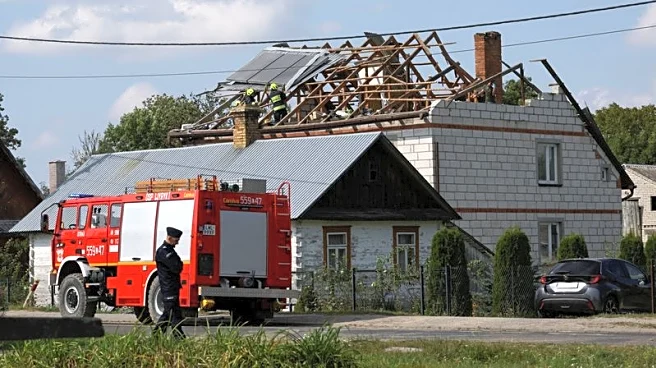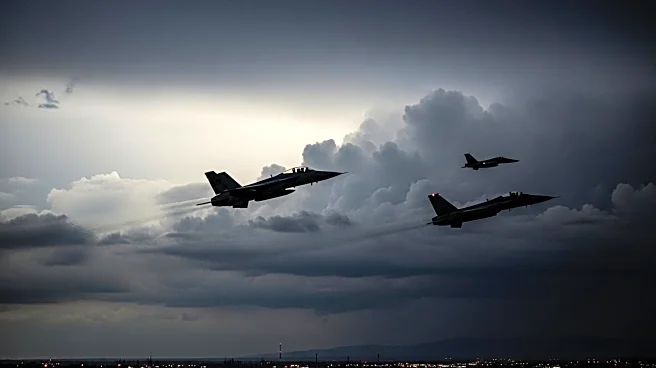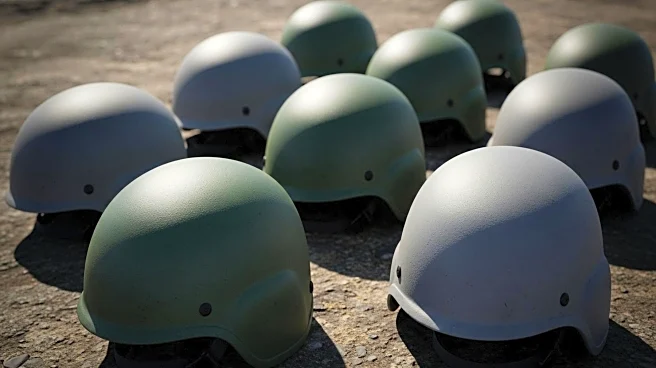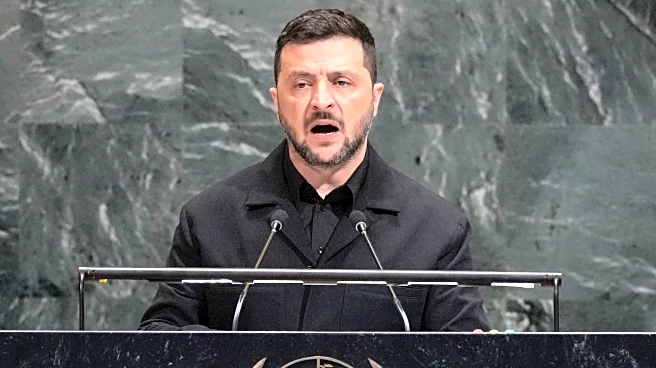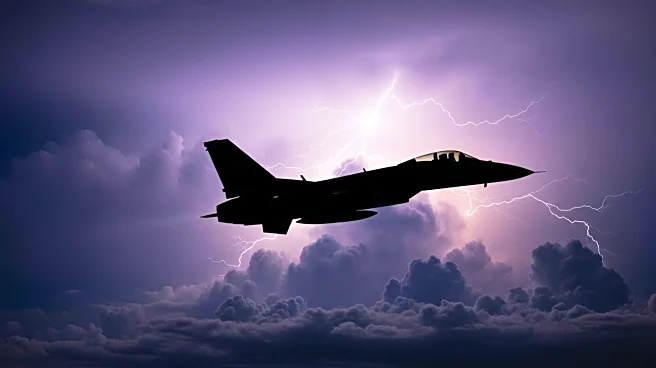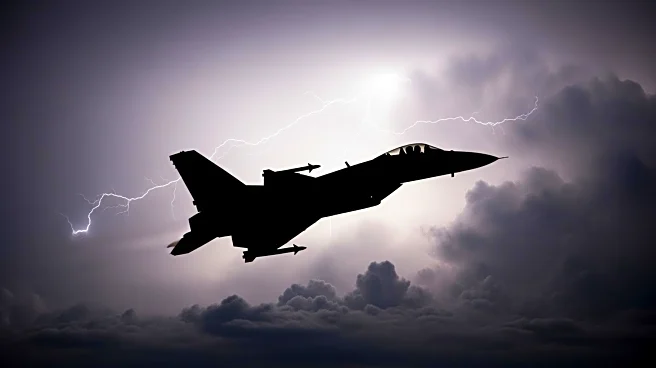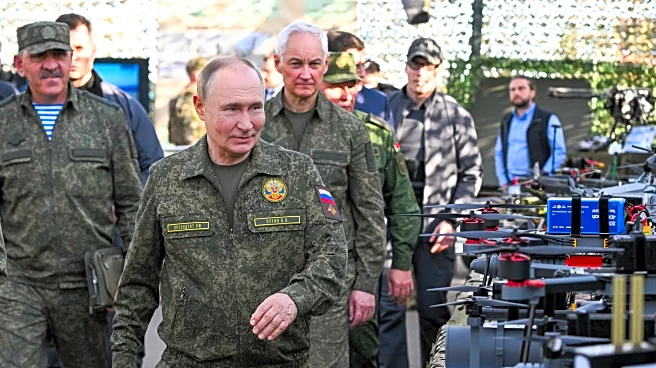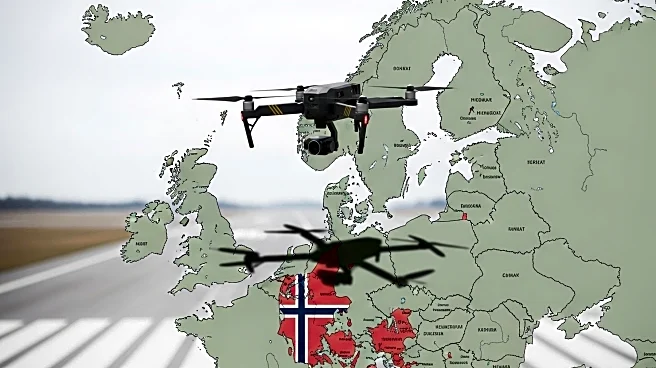What's Happening?
European nations are increasingly preparing for potential direct conflict with Russia following a series of airspace violations by Russian drones and fighter jets. Recent incidents include Russian drones entering Polish territory and fighter jets violating Estonian airspace. These provocations have led to heightened tensions and calls for increased NATO air defense measures. European leaders, including Polish Foreign Minister Radoslaw Sikorski, have threatened to shoot down any further Russian aircraft entering their airspace. President Trump has supported this stance, indicating a shift towards more aggressive defense policies.
Why It's Important?
The readiness for direct conflict with Russia marks a significant escalation in the ongoing tensions between NATO and Russia. These developments could lead to increased military engagements and impact global security dynamics. The situation tests NATO's unity and strategic response capabilities, as member states must balance deterrence with the risk of broader conflict. The potential for direct military confrontation raises concerns about the stability of international relations and the possibility of further escalation in the region.
What's Next?
NATO may need to enhance its air defense systems and coordinate military strategies to address the threat of Russian incursions. Diplomatic efforts will be crucial in managing tensions and preventing conflict. European nations may increase military readiness and seek further support from NATO allies. The international community will closely watch Russia's actions and responses, which could influence future geopolitical developments.

